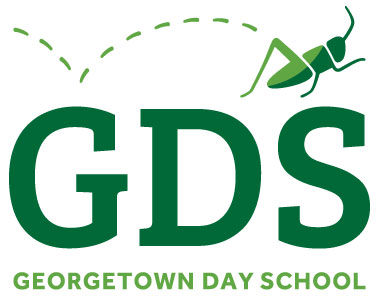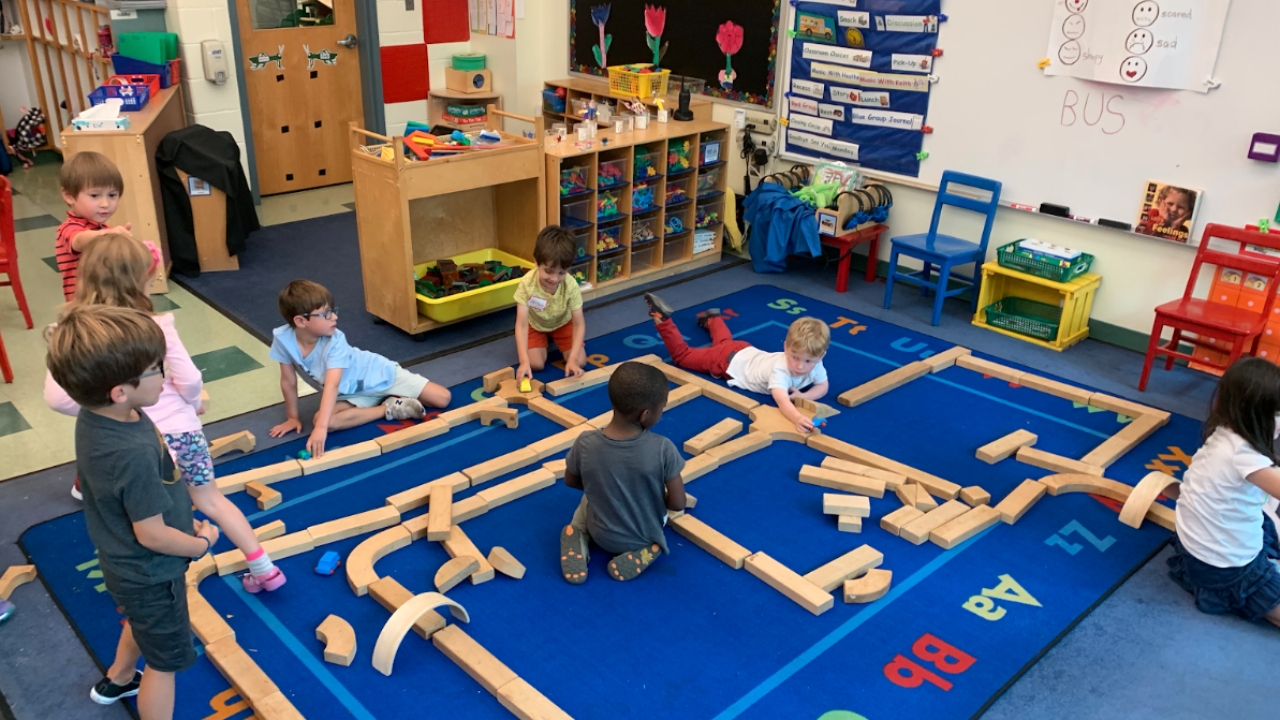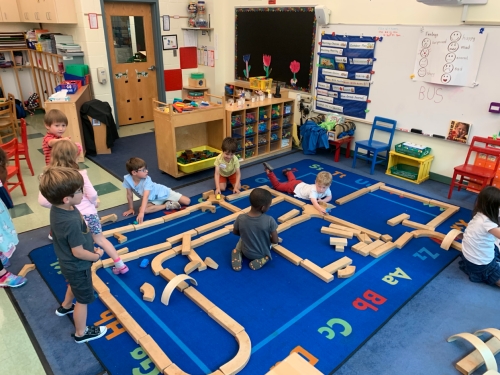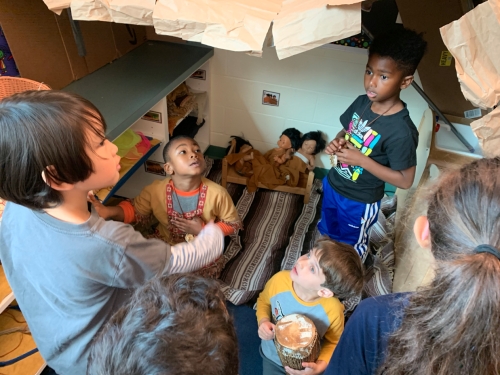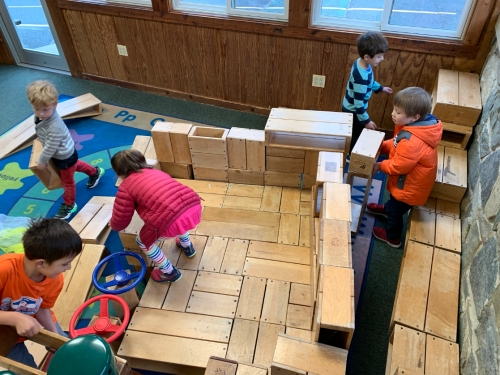“The skillful teacher of young children is one who makes play possible and helps children keep getting better at it.”
— Elizabeth Jones & Gretchen Reynolds, The Play’s the Thing: Teachers’ Roles in Children’s Play
Children represent their experiences by using language, constructing with materials, and keeping their bodies active, all the while consolidating and understanding more and more of their raw experiences. Play is the most important activity of early childhood—in play, children are their most actualized, authentic, and competent selves. Early childhood teachers have a vital role to play in the support of children’s developing play because we are the “set designers” and “stage managers” of this magnificent human interaction.
Choice time in our pre-K/kindergarten (PK/K) may look a little messy and sometimes loud…but when you listen in on the conversations and watch closely, you might be surprised at the successful collaboration happening between all of the “players.” Here you see engineers offering guidance to their builders on how to construct an overpass or a highway intersection. Operating within this play dynamic is the highest form of play, known as cooperative play. Cooperative play is when all members are working towards a shared goal, where the pro-social skills of sharing, turn taking, negotiation, compromise, and theme extensions are all actively present. Children are helping one another accomplish a goal, and in this case it was to build an intricate highway system which included construction workers, architects, engineers, and project managers. (Above photo)
Play is one of the essential elements in a child’s development. Children learn and grow through play. It develops their language, and therefore their communication skills, as well as their mental, social, physical, and emotional abilities, are stretched and nourished. Free or intentional play allows children to express their fears, likes, dislikes, interests, fantasies, or loving feelings in a spontaneous and organic way.
Play is necessary for children to understand their environment and it helps them to experiment, create, and learn to live and cohabitate with others. Play in an early childhood setting also supports children’s abilities to learn about the social dynamics and expectations that surround them.
Here is a typical choice time in the PK/K classroom. In November, we learned about the Wampanoag Native American Tribe long ago and today. Through books, videos, art, music, and dramatic play the children learned about their early way of life. Here, three children are playing in the dramatic play area which is set-up as a historic Native American site. In the Wampanoag wetu, they are busy drumming, sitting around the campfire, and taking care of their babies who are wrapped in cradleboards. It sounds like this: “Did you start the fire yet, brother?” “I’m going fishing now so help me push the mishoon into the river so I can spear some fish for dinner.” “Daddy, hurry-up and take the baby off my back so I can go get some berries and nuts in the forest!” (Above photo)
Play is the natural expression of children. It is a biological need and it is the means by which children learn best. Children need free, spontaneous, and pleasurable play, without any final outcome. It allows for the child to show their true self and for adults responsible for their care to guide their social interactions and mediate meaningfully when necessary. In play, a child’s language skills are developed and stretched as they establish relationships, communicate facts, have their wants and needs met, and express fantasy and personal feelings.
When children are allowed to play, they can resolve issues that arise naturally, an essential step in learning how to navigate relationships as they mature. As children are engaging in “free play,” they gain practice with using pro-social skills to solve conflicts independently. This builds self-reliance, social intelligence, and emotional regulation.
The following conversation was taking place while the children were building this structure with hollow blocks: “Get a square.” “Nobody can bother us.” “You work on that side and I will work on this chair. Now it’s a bench!” “Ok, everyone get out!” “It’s going super fast!” “It’s my turn to go in the back seat.” “Open the door. This will be the back door.” “I am in the garage.” “Look! This can be our lab.” “You took my scarf!” “You have to say a password.” “304!” “Ok!” (Above Photo)
On a rainy day in PK/K (aka: no outdoor play), we entered the porch room which is equipped with the hollow blocks, capes, balls, scarves and a loft only to be astounded by what we observed. Nine children were moving fluently through a large, intricate track system, which they collectively built. The orchestrated and collaborative manner in which these children worked as a team was so impressive. This track course included a starting platform, jumps, ramps, inclines and declines. Each child flowed gracefully around this well-designed system with little or no words. Everyone respected each other’s place in line in an orderly and equitable fashion. More and more children were drawn into this play arena as word got around the classroom. These two teachers were merely spectators of this wonderful joy ride. (Above photo) In this moment, the teachers were the students. There is much we all can learn from being in the purity and presence of play!
